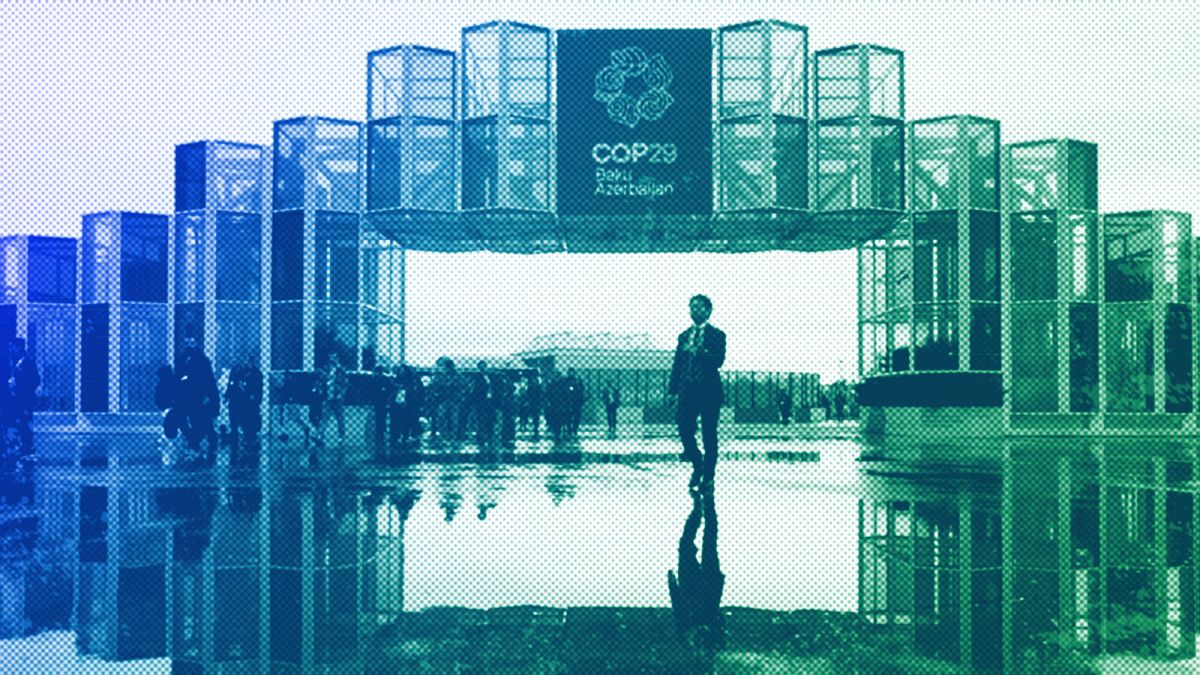Spain is moving from a Mediterranean to desert climate, study says

Summer has increased by an average of 36 days across Spain over the last 50 years.
Spain is slipping into a desert climate, according to a new study into the relationship between global heating and drought.
The Mediterranean country is clearly on the frontlines of climate change in Europe. Now researchers at the Universitat Politècnica de Catalunya (UPC) in Barcelona have delved deeper into its climate vitals.
By 2050, they predict that rainfall will decrease by up to 20 per cent compared to current levels. This would tip Spain from a temperate Mediterranean climate into a steppe- or even desert-like one, as per the Köppen system which divides the world into five different climate zones based on plant growth.
“The warming process resulting from climate change has been very pronounced in mainland Spain and the Balearic Islands, representing a true hotspot,” the researchers write.
Presented at the International Meteorology Congress of the European Meteorological Society (EMS) in Barcelona earlier this month, their findings reveal a climate in serious flux.
How much has Spain heated up?
Between 1971 and 2022, temperatures in mainland Spain and the Balearic Islands (including popular holiday destination Mallorca) have increased by 3.27°C.
That’s well above the world average of 1.19°C and Mediterranean average of 1.58°C, according to the experts at UPC’s Soil Policy and Valuations Center (CPSV).
Summer days – where the maximum daily temperature is 25°C or above – rose from 82.4 in 1971 to 117.9 in 2022: a 43 per cent increase. Over half a century, summer has stretched out for an average of 36 days across Spain.
Meanwhile tropical nights – where the mercury doesn’t drop below 25°C – increased from 1.73 to 14.12.
The increase in tropical nights is concentrated in the Southern Plateau, the valleys of the Guadalquivir and Ebro rivers, as well as the Mediterranean coast, the researchers note.
In terms of heatwaves, the frequency of these hot spells has increased from less than one per year on average between 1971-1980, to almost two in the decade from 2013-2022. Heatwaves have also become longer, from three to nine days on average.
Is climate change increasing drought and extreme rainfall in Spain?
The study shows a “strong link” between increasing temperatures and decreasing rainfall in Spain over the past 50 years.
Between 1971 and 2022, rainfall diminished at a rate of 0.93 mm a year, taking the country towards greater bouts of drought that have been impacting citizens and workers.
At the same time, extreme rainfall has increased across most of Spain. Torrential rainfall (dropping more than 60mm/day) has increased in Andalusia, Castilla La Mancha, Murcia, Valencia, southern Catalonia, Balearic Islands, Aragon, Navarre, Basque Country and Asturias.
These downpours are particularly concentrated on the Mediterranean Coast, according to the study. Extreme rainfall can cause flooding, and does not compensate for droughts.
“In practically the entire territory, the association between progressive warming and the tendency towards reduced rainfall is highly significant,” the authors conclude.
How hot and dry could Spain get in future?
If greenhouse gas emissions continue along their current trajectory, Spain’s daily mean temperature is set to reach 15.84°C in 2050. That’s 1.43°C higher than the average temperatures of the last 10 years.
By this mid-century point, summer days would increase by 22.7 and tropical nights by 7.2 on average throughout the country, compared to the 2013-2022 period.
Droughts will continue to get longer too, resulting in a “fundamental change” to Spain’s climate, as it switches from a hot-summer Mediterranean climate to a cold semi-arid climate in some parts, under the Köppen system.
The “cold” steppe climate will be the dominant climate in mainland Spain by 2050 (around 40 per cent), progressively displacing the typical Mediterranean climate, the researchers add.
World News || Latest News || U.S. News
Source link



